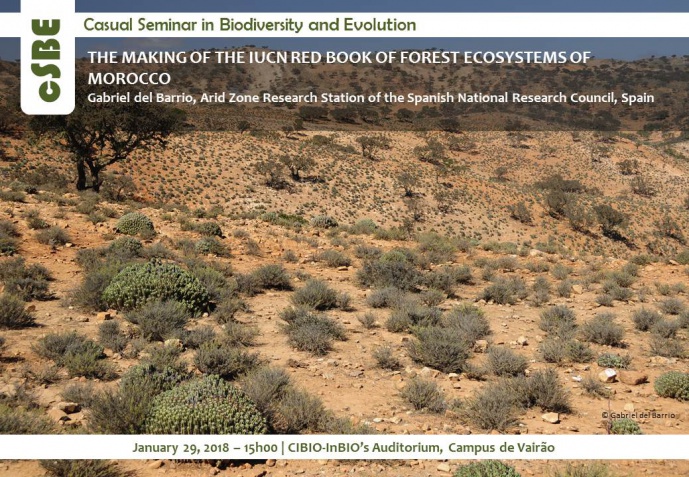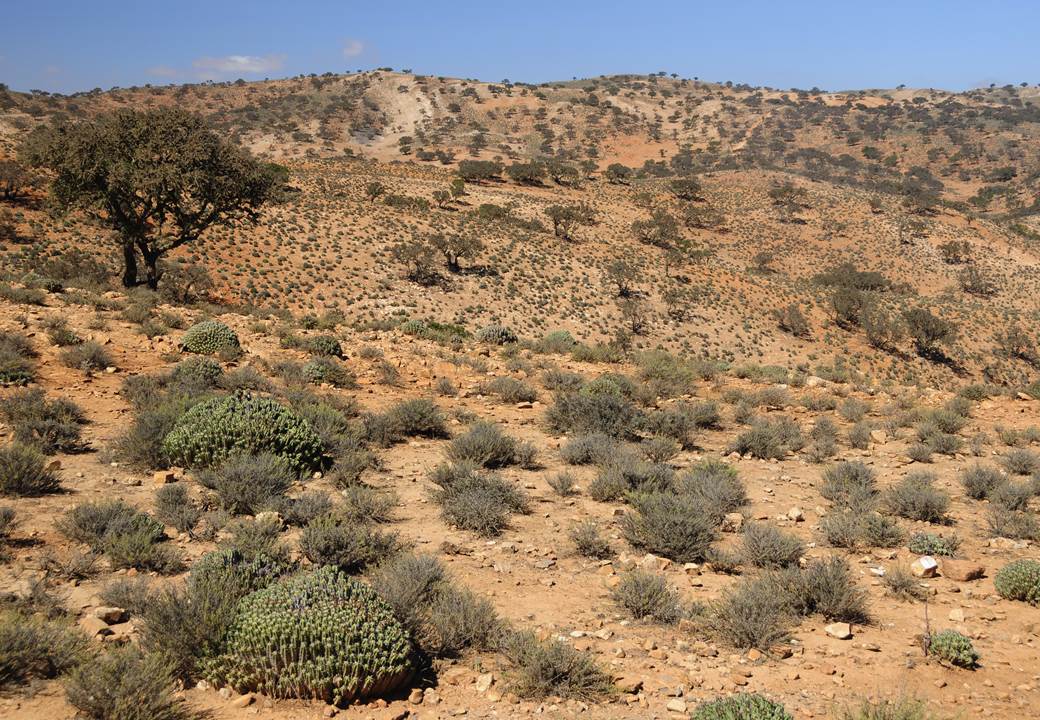THE MAKING OF THE IUCN RED BOOK OF FOREST ECOSYSTEMS OF MOROCCO

CASUAL SEMINAR IN BIODIVERSITY AND EVOLUTION

Red Lists of ecosystems are a new global product of the International Union for Conservation of Nature (IUCN) to increase knowledge on risk levels in natural landscapes. It has been systematically applied for the first time in the Mediterranean to forest ecosystems of North Morocco. Ecosystems were defined through significant combinations of natural formations, as conveyed in the National Forest Inventory of Morocco, and climatic regions derived from a classification of meteorological summaries. Risk levels associated with the IUCN Criterion C (Environmental degradation concerning abiotic factors) were then evaluated for such ecosystems using an existing geomatic product on states and trends of land condition in the Maghreb. Ecosystem maturity states were attributed according to a scale of biomass and turnover ratio, while trends in time were determined after discarding effects of inter-annual climate oscillations. Overall, this methodology appears as appropriate for other countries with a low support of environmental and ecological information.
Dr. Gabriel del Barrio is a tenured scientist at the Arid Zone Research Station of the Spanish National Research Council. He works on landscape ecology addressing ecological approaches to desertification, and the assessment of conservation networks. A recent development of his research team is a geomatics-based methodology for the assessment and monitoring of land degradation, which has been so far applied to 9 regions all over the world and has been officially adopted by Spain and Portugal for reporting to the United Nations Convention to Combat Desertification. He is currently investigating links between land degradation and ecological conservation.
[Host: José Carlos Brito, Biodiversity of Deserts and Arid Regions]
Image credits: Gabriel del Barrio